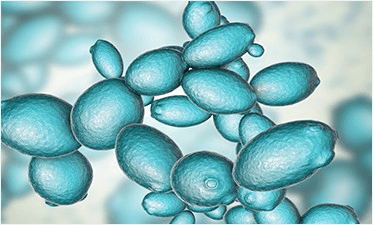
Probiotics are a type of beneficial bacteria in the gut, and are now mostly used for gut conditioning and health care. However, people now know less about probiotics, and it is difficult for many people to distinguish whether probiotics are good or bad, and they do not know anything about probiotics. However, there are more than 400 types of probiotics in the human body, and the types of probiotics in our common products can even reach about ten. So, what are the differences between different probiotic strains?
At present, there are three main types of probiotics: Lactobacillus, Bifidobacterium and Gram-positive cocci. Among them, the first two are relatively easy to distinguish, and the third is mainly Streptococcus faecalis. The main functions of probiotics in the human body are to promote human digestion, inhibit harmful bacteria and enhance immunity. The most common strains in probiotics are Lactobacillus and Bifidobacterium.
1. Lactobacillus
Lactobacillus is the most common species of probiotics, such as Lactobacillus rhamnosus, Lactobacillus acidophilus, Lactobacillus reuteri are common Lactobacillus species. The more common ones are Lactobacillus rhamnosus and Lactobacillus acidophilus.
Lactobacillus rhamnosus is one of the most studied probiotics, and it is also one of the most used probiotic products. Lactobacillus rhamnosus has a good regulating effect on infantile diarrhea and enhancing resistance. Due to more research and extensive understanding of it, it is a good choice for regulating the intestinal tract and enhancing immunity.
Lactobacillus acidophilus is somewhat similar in function to Lactobacillus rhamnosus, but it is more resistant to acid. This means that Lactobacillus acidophilus can regulate a wider range of the intestinal tract. Studies have shown that Lactobacillus acidophilus can affect Helicobacter pylori, which causes gastric cancer, and improve gastrointestinal problems.
2. Bifidobacteria
The biggest difference between Bifidobacterium and Lactobacillus is that Bifidobacterium is generally located in the large intestine, while Lactobacillus is generally located in the small intestine. The different species we commonly see are often the different dominant flora in the gut in different age groups. For example, in infants, the dominant flora in the gut is Bifidobacterium breve; in adults, Bifidobacterium is mostly Bifidobacterium longum.
At the same time, bifidobacteria is a strict anaerobic bacteria, and its cultivation is more difficult, so the content of bifidobacteria in our common probiotic products is relatively small. However, bifidobacteria are of great significance to human health, and even become a barometer of human health. In old age, the number of bifidobacteria in the body decreases significantly. Studies have found that bifidobacteria can release acetic acid and lactic acid in the large intestine, help restore intestinal function, stimulate intestinal peristalsis, and have a good help in improving constipation. Older people are more prone to constipation because the number of bifidobacteria in the gut decreases.
The balance of our intestinal micro-ecological environment is very important. A serious imbalance can lead to diseases. Similarly, certain diseases can also cause an imbalance of the micro-ecological environment. Severe microecological imbalances require medical treatment in the hospital. Foods containing probiotics are a good supplementary source for daily intestinal regulation.
More information can be reached at https://probiotic.creative-enzymes.com/bifidobacterium-longum-freeze-dried-powder-item-30.html.